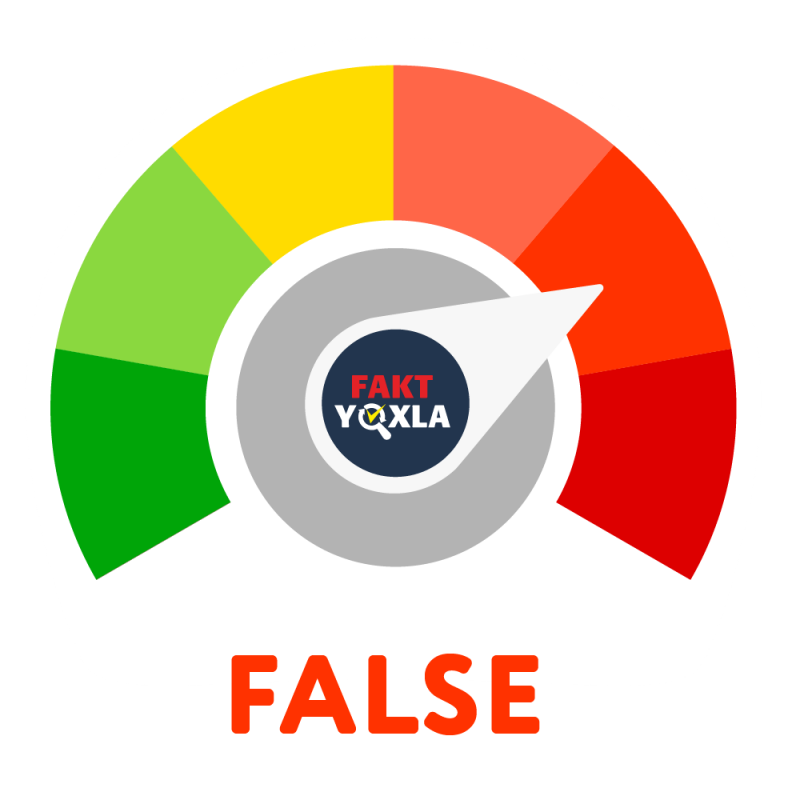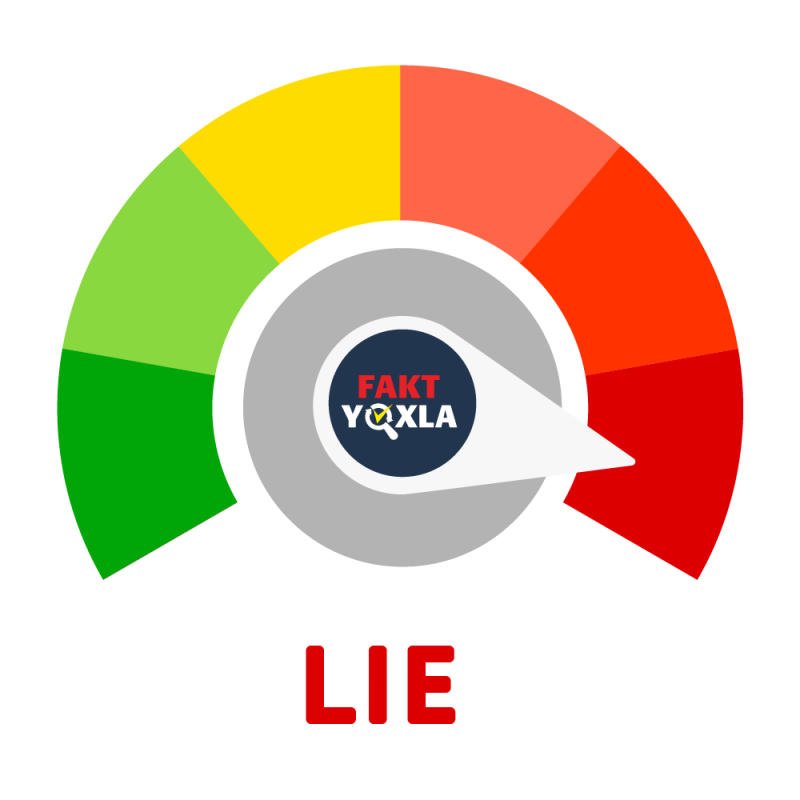"Businesses have gone bankrupt, people have gone bankrupt, mass unemployment has emerged. In fact, it was the result of a concerted game of a group of bankers in 2007-2008 and during all these financial crises."
An article published on Sputnik.az contains such a claim.
Fakt Yoxla examined whether this claim was true.
The financial crisis of 2008 is one of the largest economic crises in the world economy. The crisis began in the second half of 2007 in the US financial sector and caused economic stagnation in most countries around the world.
The main starting point of the crisis was the US real estate market. While the total amount of mortgage debt in the country was $ 7 trillion in 2001, this figure doubled to nearly $ 15 trillion in 2007.
The cause of the crisis was explained by mistakes in the policy of real estate loans. According to Joseph Stiglitz, Nobel Laureate in Economics, the banking sector's high interest rates on low-interest loans in the real estate market have led to the emergence of a "price bubble" in the US real estate market. In economic theory, a "price bubble" is an unreasonable rise in asset prices that does not reflect reality.
Another well-known economist, Olivier Blanchard, said that the expansion of trade with derivative financial instruments also played an important role in the crisis. So, the expansion of transactions with derivative financial instruments has allowed banks selling risky loan products to easily transfer those products to third parties, such as hedge funds (risk insurance funds created to reduce investor losses). The easy sale of this type of securities has led banks to sell more risky loans, and the latter has led to a crisis in the market.
On the other hand, in late 2007 and early 2008, world oil prices began to rise sharply. At that time, the fact that the US Federal Reserve System’s (Fed) raised interest rates, that loan interest rates rose, and that real estate prices fell sharply laid the groundwork for the crisis. Problems with payments began to arise as borrowers became less solvent.
Clients began to return their mortgaged property to companies specializing in construction and property sales. The weak resale of the returned property meant that these companies could not fulfill their obligations to the banks. Thus, the crisis in the real estate market has spread to the financial sector.
Among the causes of the crisis was the relevant legislation in the United States, which allows large-scale loans to risky customers. So, along with the amendments to the Investment Company Act adopted in 1995 in this country, the middle-income and low-income population has the opportunity to receive housing and other consumer loans. As a result, lending institutions have eased their requirements.
At the same time, other amendments to the Act have allowed open joint-stock companies, of which obligations are guaranteed by the state and which are able to get unlimited credit from the state, to invest in low-income and middle-income groups. This was, in fact, the beginning of the process of lending to a group of the insolvent.
Another reason for the crisis was the shortcomings in the activities of credit rating agencies. The lack of objective assessments of well-known rating agencies in relation to banks providing risky loans and the general lack of regulation of the activities of such institutions were cited as reasons for the untimely detection of risks in the real estate sector. Moody's, one of the world's leading credit rating agencies, was fined $ 864 million for errors in measuring credit ratings in connection with the 2008 global financial crisis.
Along with rating companies, mortgage companies have also collapsed as a result of the crisis. One of the most notable events was the bankruptcy of Fannie Mae and Freddie Mac, two of the top five mortgage companies in the United States.
Thus, the inability of the US government to properly regulate the issuance of risky loans, the increase in the volume of risky loans provided by banks to low-income individuals, and gaps in the activities of credit rating agencies were objective factors contributing to the global financial crisis.
Fakt Yoxla concludes that Sputnik.az's claim is False.













